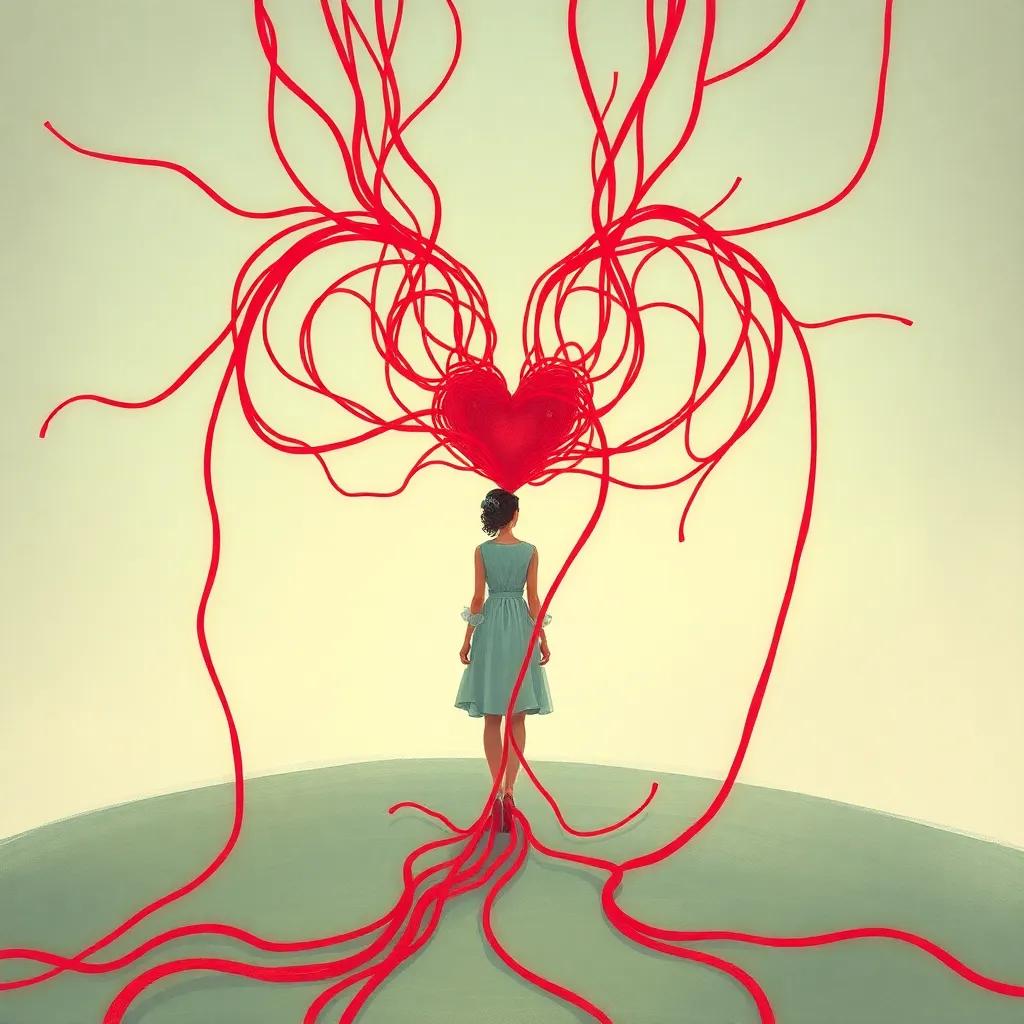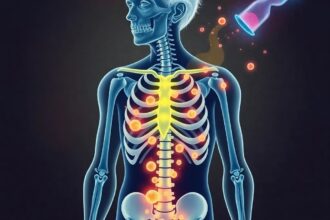Debunking common misconceptions about endometriosis, including its hereditary nature, chronic pain, and the importance of early diagnosis and treatment.
Endometriosis is often misunderstood. Let’s debunk seven common myths and shed light on the realities of this condition.
Myth 1: Endometriosis is just bad period pain
Many people believe that endometriosis is simply severe menstrual cramps. However, it is a complex condition where tissue similar to the lining inside the uterus grows outside it, causing inflammation, pain, and sometimes infertility. According to the World Endometriosis Society, this misconception often leads to delayed diagnosis and treatment.
Myth 2: Endometriosis is hereditary
While there is evidence suggesting a genetic component, endometriosis is not strictly hereditary. The Endometriosis Foundation of America notes that environmental factors and lifestyle choices also play significant roles in its development.
Myth 3: Pregnancy cures endometriosis
Pregnancy may temporarily alleviate symptoms due to hormonal changes, but it is not a cure. The American College of Obstetricians and Gynecologists emphasizes that symptoms often return after childbirth.
Myth 4: Endometriosis only affects older women
Endometriosis can affect women of any age, including teenagers. The Endometriosis Association reports that many young women suffer in silence due to this myth, delaying necessary medical intervention.
Myth 5: Hysterectomy is the only treatment
While a hysterectomy may be an option for some, it is not the only treatment. The Mayo Clinic highlights that hormone therapy, pain management, and laparoscopic surgery are also effective treatments.
Myth 6: Endometriosis always causes infertility
Not all women with endometriosis experience infertility. The National Institute of Child Health and Human Development states that while endometriosis can affect fertility, many women with the condition can still conceive.
Myth 7: Endometriosis is rare
Endometriosis affects an estimated 1 in 10 women during their reproductive years, according to the World Health Organization. This makes it a relatively common condition, not a rare one.




